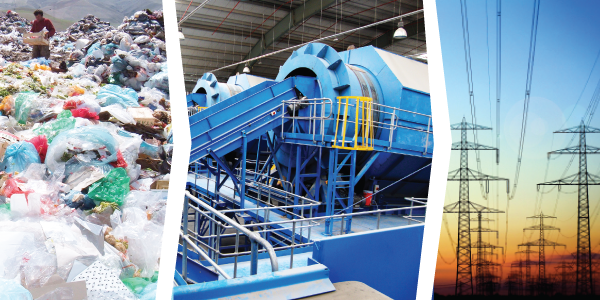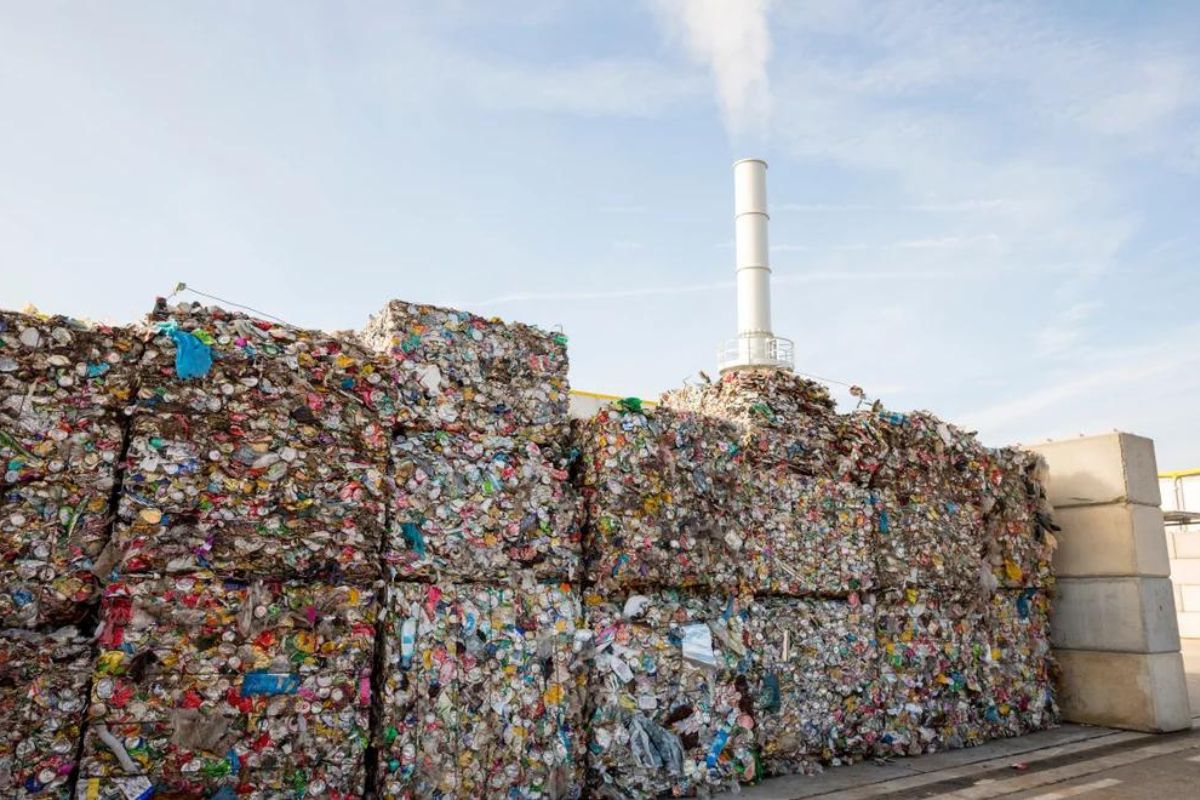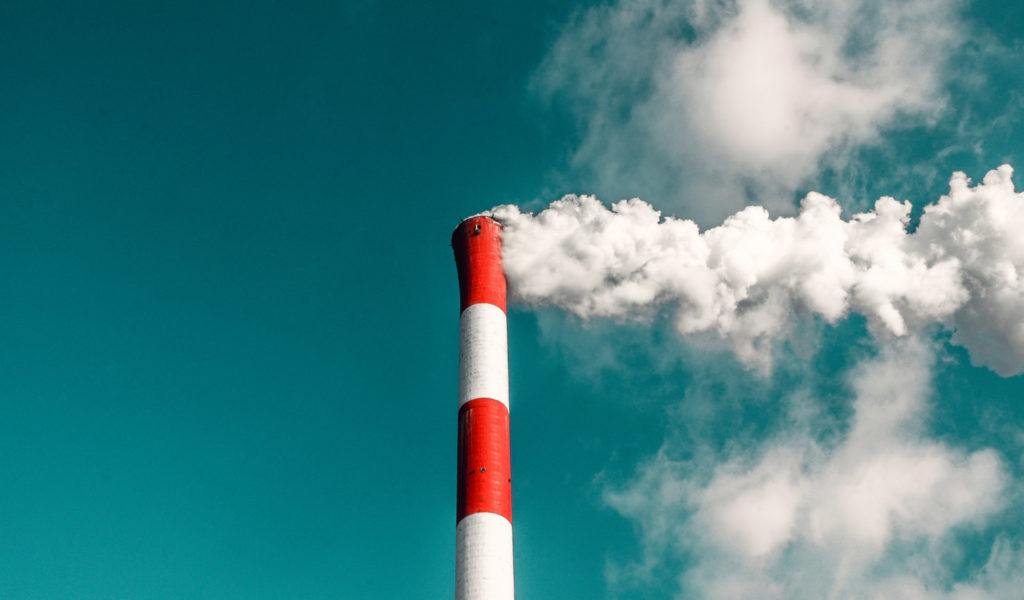
Introduction:
The economic viability of waste to energy projects plays a crucial role in today’s society. As the world grapples with the challenges of waste management and the need for sustainable energy sources, these projects offer a promising solution. In this article, we will explore the importance and relevance of economic viability in waste to energy projects.
Historical Background:
Waste to energy projects have a long history, dating back several decades. Initially, these projects focused on reducing the volume of waste in landfills by converting it into energy. Over time, the economic viability of waste to energy projects has evolved, with advancements in technology and a better understanding of its potential benefits. Today, these projects are seen as a sustainable solution that not only reduces waste but also generates renewable energy.
Key Concepts and Definitions:
To understand the economic viability of waste to energy projects, it is essential to define the key concepts involved. Waste to energy projects involve converting various types of waste into heat, electricity, or fuel. Economic viability refers to the feasibility of these projects from a financial perspective. This includes factors such as cost-benefit analysis, return on investment, and payback period.

Main Discussion Points:
Factors Influencing the Economic Viability of Waste to Energy Projects:
There are several factors that influence the economic viability of waste to energy projects. Firstly, the cost of waste collection and transportation plays a significant role. Efficient waste management systems can reduce costs and improve the overall feasibility of the project. Secondly, technological advancements and efficiency improvements have a direct impact on the economic viability. Innovations in waste-to-energy conversion technologies can enhance the energy generation capabilities and decrease operational costs. Additionally, energy market prices and demand play a crucial role in determining the profitability of waste to energy projects. Lastly, government policies and incentives can greatly influence the economic viability by providing financial support and creating a favorable regulatory environment.
Economic Benefits of Waste to Energy Projects:
Waste to energy projects offer numerous economic benefits. Firstly, these projects generate revenue through energy production. The electricity or heat generated from waste can be sold to the grid or used locally, providing a reliable income stream. Secondly, waste to energy projects create job opportunities and contribute to economic growth. These projects require skilled labor, thereby stimulating employment and supporting local economies. Furthermore, waste to energy projects help reduce waste disposal costs. The cost of landfilling or incineration can be significantly higher than the cost of converting waste into energy. Lastly, these projects provide environmental benefits by reducing greenhouse gas emissions, contributing to a cleaner and healthier environment.
Challenges and Considerations in Assessing Economic Viability:
While waste to energy projects offer numerous benefits, there are also challenges and considerations that need to be addressed when assessing their economic viability. Firstly, these projects require substantial capital investments. The high upfront costs can be a barrier to entry for potential investors. Secondly, uncertainties in waste composition and availability pose challenges. The type and quantity of waste can vary, affecting the efficiency and profitability of the project. Regulatory and permitting complexities also add to the challenges, as obtaining the necessary approvals and complying with regulations can be time-consuming and costly. Lastly, market and technology risks must be considered. Changes in energy market prices or advancements in competing technologies can impact the economic viability of waste to energy projects.

Case Studies or Examples:
In this case study, a waste to energy project was implemented in a specific location. The project aimed to convert municipal solid waste into electricity. Through an economic viability analysis, it was found that the project had a positive return on investment and a relatively short payback period. The successful implementation of this project showcased the economic viability of waste to energy projects in the given location.
Another case study focuses on a waste to energy project in a different specific location. This project aimed to convert agricultural waste into biogas for electricity generation. Through an economic viability analysis, it was determined that the project had significant economic benefits, including revenue generation and waste disposal cost reduction. The positive outcomes of this project highlighted the potential of waste to energy projects in diverse settings.
Current Trends or Developments:
Recent research findings have shed light on the economic viability of waste to energy projects. Studies have shown that these projects can be financially sustainable and offer positive returns on investment. Additionally, emerging technologies and innovations in the waste to energy sector have improved the efficiency and cost-effectiveness of these projects. Advancements in waste-to-energy conversion technologies have expanded the possibilities for converting different types of waste into energy. Furthermore, policy and regulatory developments have created a supportive environment for waste to energy projects, enhancing their economic viability.

Challenges or Controversies:
Waste to energy projects have faced controversies and challenges. Environmental concerns, such as air emissions and waste management practices, have raised questions about the sustainability and safety of these projects. Additionally, public perception and community acceptance have become important factors in the success of waste to energy projects. Differing viewpoints on the economic viability of waste to energy projects also contribute to the controversies surrounding this topic. While some argue that these projects are financially feasible and offer economic benefits, others question their long-term profitability and argue for alternative waste management strategies.
Future Outlook:
The future of waste to energy projects looks promising. Rapid advancements in technology and increasing global awareness of the need for sustainable energy sources are expected to drive further development and adoption of these projects. Anticipated advancements in technology are likely to enhance the cost-effectiveness of waste to energy projects. Furthermore, waste to energy projects are expected to play a significant role in achieving sustainable energy goals. As countries strive to reduce their carbon footprints and transition to a low-carbon economy, waste to energy projects can contribute to the overall energy mix while addressing waste management challenges.
Conclusion:
In conclusion, the economic viability of waste to energy projects is of utmost importance and relevance in today’s world. These projects offer an innovative solution to waste management while generating renewable energy and providing economic benefits. Factors such as cost of waste collection, technological advancements, energy market prices, and government policies influence the economic viability. Despite challenges and controversies, waste to energy projects have shown positive outcomes in case studies and are supported by recent research findings. Looking ahead, continuous advancements in technology and favorable policies are expected to further enhance the feasibility and economic viability of waste to energy projects, contributing to a sustainable energy future.






